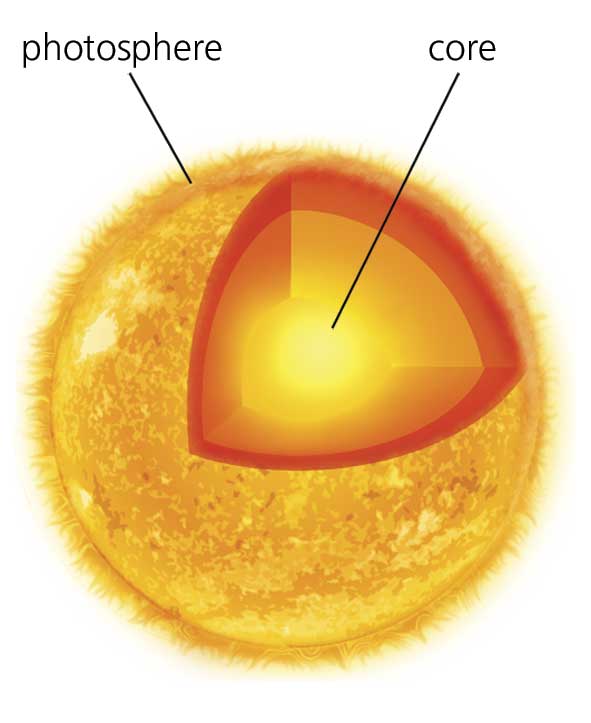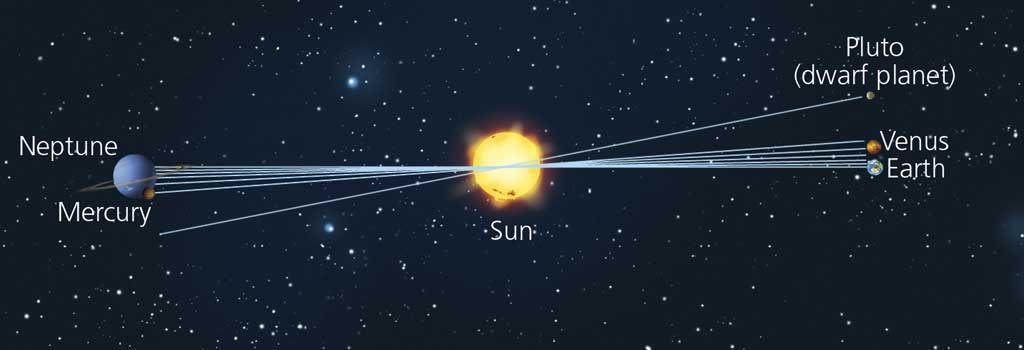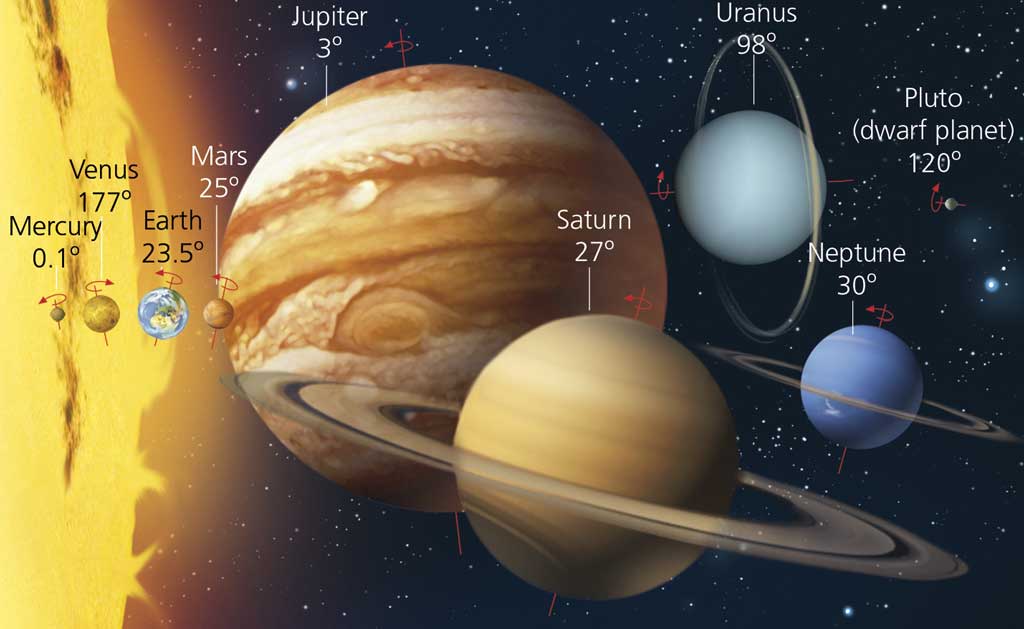We use cookies to improve and analyse your browsing experience on our web. You can accept these cookies, reject them or choose your settings by clicking on the corresponding buttons. Please note that rejecting cookies may affect your browsing experience. For more information you can consult our Cookies policy.
Cookies are an essential part of how our web works. The main goal of cookies is to make your browsing experience more comfortable and efficient and to improve our services and the web itself.
Here you can find all the information about the cookies we use and you can activate and/or deactivate them according to your preferences, except for those cookies that are strictly necessary for the operation of the web. Blocking some cookies may affect your experience on the web and how the site works. For more information you can visit our Cookie Policy.
These Cookies are necessary for the web to function and cannot be disabled on our systems. They are generally only set up in response to actions you may take such as requesting services, setting your privacy preferences, logging in or completing forms. You can set your browser to block or warn you about these cookies, but some parts of the web will not work. Information about Cookies.
These Cookies allow us to count the number of visits and traffic sources so that we can measure and improve the performance of our site. They help us to find out which pages are the most popular and least popular, and to see how visitors move around the web. All information collected by these Cookies is aggregated and therefore anonymous. If you do not allow these Cookies we will not know when you visited our web. Information about Cookies.
These cookies are used to analyse your activity in order to show you personalised advertisements. Information about Cookies.
Change theme

Revision mode


The Sun was born 4600 million years ago and it is approximately 40000 light years from the nucleus of the Milky Way. It is a medium-sized yellow star with a surface temperature of 5500 ºC. It consists mostly of hydrogen and helium, although there are other elements such as oxygen, carbon and iron.
The Sun rotates on its axis in an anticlockwise direction. One rotation takes approximately 28 days. Its mass is 2 x 1030 kg, which is almost 99% of the total mass of the Solar System. The material that makes up the Sun is divided into different layers.
The Solar System consists of a series of celestial bodies that revolve around its star, the Sun. The celestial bodies are classified according to their size, composition and the orbit they follow.


All the bodies in the Universe are continuously moving. The planets in our Solar System move in two different ways: revolution and rotation.
The orbits of the planets in the Solar System are elliptical and are on approximately the same plane. The planets orbit the Sun in an anticlockwise direction.

Apart from Uranus, which rotates on a horizontal axis, planets rotate on an axis which is perpendicular to their orbita orbital plane. Like revolution, the rotation of most planets is in an anticlockwise direction (except for Venus and Uranus).

Activity 14
Which planets take longer to orbit the Sun: the inner planets or outer planets?
Activity 15
Listen and say true or false.

